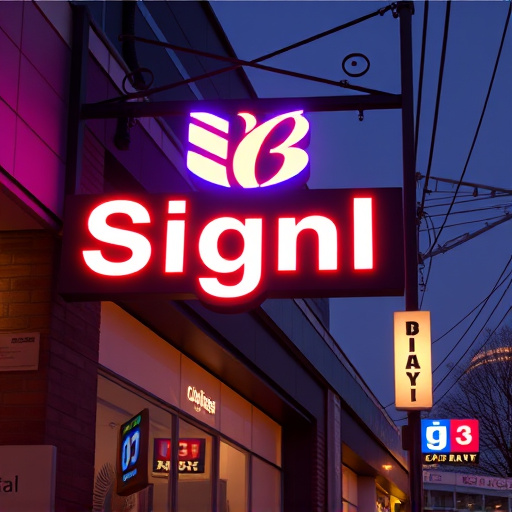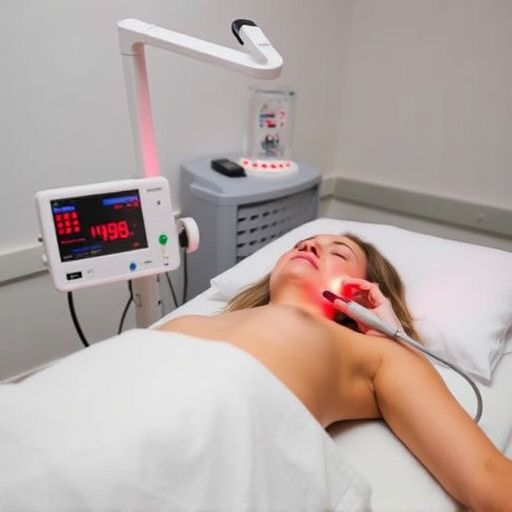Sebaceous filaments, tiny skin openings producing sebum, can become visible as white dots due to dead skin cell buildup, especially on the nose and T-zone. Regular removal, through professional treatments like facials or microneedling, is crucial for healthy skin, preventing congestion, reducing pore size, and minimizing acne risk. Skincare routines including daily cleansing and exfoliation manage filament buildup, while targeted treatments can reduce professional extraction needs. Experts recommend sebaceous filament removal every 4-6 weeks, focusing on oily areas like the nose, forehead, and cheeks, for safe, effective results enhancing skin texture, complexion, and overall rejuvenation.
Sebaceous filaments, visible as tiny white strands on your skin’s surface, are a natural part of the body’s oil production. While they often go unnoticed, proper understanding is crucial for effective management. This article delves into the optimal frequency for sebaceous filament removal, considering factors like skin type, facial structure, and lifestyle. Learn safe practices to ensure regular extraction without causing damage or irritation, keeping your skin clear and healthy.
- Understanding Sebaceous Filaments and Their Removal
- Factors Determining Frequency of Sebaceous Filament Removal
- Effective Practices for Safe and Regular Sebaceous Filament Extraction
Understanding Sebaceous Filaments and Their Removal

Sebaceous filaments are tiny openings on the skin that connect hair follicles to the surface. They produce and secrete sebum, a natural oil that helps hydrate and protect the skin. While they’re usually invisible to the naked eye, buildup of dead skin cells and excess sebum can cause them to become visible as small white dots, particularly around the nose and T-zone.
Regular sebaceous filament removal is crucial for maintaining healthy, glowing skin. It prevents congestion, reduces the appearance of pores, and minimizes the risk of acne breakouts. Professional skincare treatments like customized facials offer deep cleaning and extraction services tailored to your skin type, effectively removing buildup without causing irritation. Microneedling therapy is another option that stimulates collagen production and helps unclog clogged follicles for improved skin texture and a refined complexion.
Factors Determining Frequency of Sebaceous Filament Removal

Several factors influence how often one should consider sebaceous filament removal. The skin’s natural production of sebum, an oil-like substance that lines and protects our pores, plays a significant role. Individuals with higher sebum production may require more frequent treatments to manage buildup and prevent acne. Conversely, those with drier complexions might only need occasional sessions for pore refinement.
Skincare routines also come into play. Regular cleansing and exfoliation at home can significantly impact the accumulation of sebaceous filaments. Incorporating effective acne treatments or customized facials into your regimen may reduce the frequency of professional sebaceous filament removal services, contributing to healthier, clearer skin over time.
Effective Practices for Safe and Regular Sebaceous Filament Extraction

Effective Practices for Safe and Regular Sebaceous Filament Extraction
Regular sebaceous filament removal is an essential part of a comprehensive skincare routine, promoting healthier and more radiant skin. However, it’s crucial to approach this procedure with caution to avoid potential risks and complications. Professional skincare experts recommend scheduling appointments every 4-6 weeks for safe and effective extraction. This interval allows the skin time to heal between treatments, minimizing irritation and maintaining its natural balance.
During each session, specialized tools are used to gently loosen and remove the built-up sebaceous filaments, also known as blackheads or whiteheads. Skilled technicians employ techniques tailored to your skin type, focusing on areas prone to congestion like the nose, forehead, and cheeks. Combining this procedure with proper skincare, including daily cleansing and exfoliation, can enhance its benefits, contributing to a noticeable improvement in skin texture, a more even complexion, and a youthful glow, thereby promoting overall skin rejuvenation and tightening.
Regular sebaceous filament removal is essential for maintaining clear, healthy skin. Depending on factors like skin type, acne history, and lifestyle, this process should be performed every 4-8 weeks. Following safe practices, such as using sterile tools and following a consistent routine, ensures effective extraction without causing damage or irritation. Remember, proper care of sebaceous filaments can significantly contribute to overall skin health and appearance.














